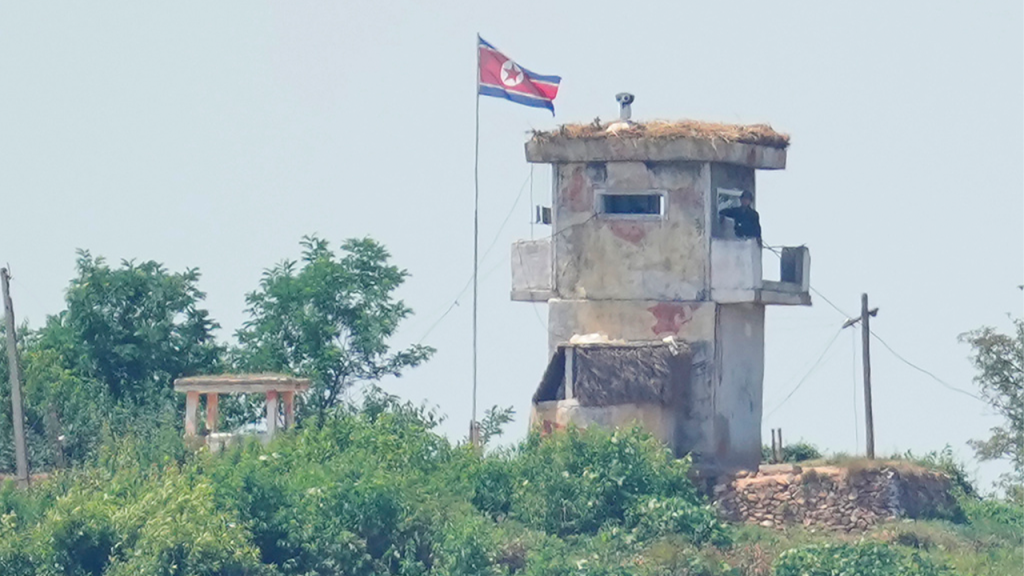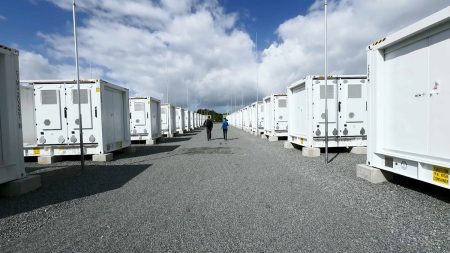Just hours before the U.S. election, North Korea reportedly fired at least one ballistic missile into its eastern sea, with uncertainty over whether it was one or multiple missiles and the type flown. This comes after North Korean leader Kim Jong Un oversaw a test of the country’s newest intercontinental ballistic missile capable of reaching the U.S. mainland. In response, the U.S. conducted a trilateral drill with South Korea and Japan, showcasing its military presence. While North Korea boasted about the strength of the missile, experts believe they still lack crucial technologies for a functional ICBM, such as warhead survival during atmospheric re-entry.
South Korean officials have cautioned that the North may increase military displays around the U.S. elections to gain Washington’s attention. They also suggested that North Korea may have finalized preparations for a seventh nuclear test. The heightened tensions come as Kim has flaunted his advancing nuclear and missile programs while aiding Russia in Ukraine. In response, South Korea, the U.S., and Japan have been enhancing their joint military exercises and updating their deterrence plans centered around strategic U.S. assets. The situation remains precarious as North Korea continues to pose a threat to regional and global security.
The recent missile launch by North Korea has raised concerns about their military capabilities and intentions. While they claim to have the world’s strongest ICBM, experts doubt the missile’s practicality in a war scenario. Furthermore, their actions have escalated tensions with South Korea and the international community, particularly as they appear to be in concert with Russia’s interests in Ukraine. As North Korea continues to defy international norms, the U.S. and its allies are left to navigate a delicate balance between deterrence and diplomacy to address these threats effectively.
The U.S. response to North Korea’s provocations has been to showcase its military strength through joint drills with South Korea and Japan, signaling its commitment to regional security. The U.S. strategic assets and alliance with South Korea and Japan serve as key components of its deterrence strategy against North Korea’s nuclear threats. By bolstering their military exercises and updating their defense plans, the U.S. and its allies aim to dissuade North Korea from further escalations and maintain stability in the region. However, the precarious nature of the situation underscores the need for continued vigilance and coordination among allies.
The ongoing tensions between North Korea and its neighbors highlight the complex geopolitical dynamics at play in the region. As Kim Jong Un flexes his military might and pursues nuclear capabilities, countries like South Korea, the U.S., and Japan must navigate a delicate balance between deterrence and diplomacy. The interconnected nature of these relationships, combined with the involvement of other actors like Russia, adds another layer of complexity to the situation. As such, it is imperative for all parties involved to engage in dialogue and cooperation to address the underlying issues and prevent further escalation of conflict.
In summary, the recent missile launch by North Korea, coupled with their escalating nuclear threats, has heightened tensions in the region and raised concerns about their military capabilities. The U.S. and its allies have responded by conducting joint military exercises and updating their defense plans to deter further provocations. The precarious situation underscores the need for continued vigilance and cooperation among key stakeholders to address the threats posed by North Korea effectively. As the situation continues to evolve, finding a balance between deterrence and diplomacy will be essential in maintaining stability and security in the region.













